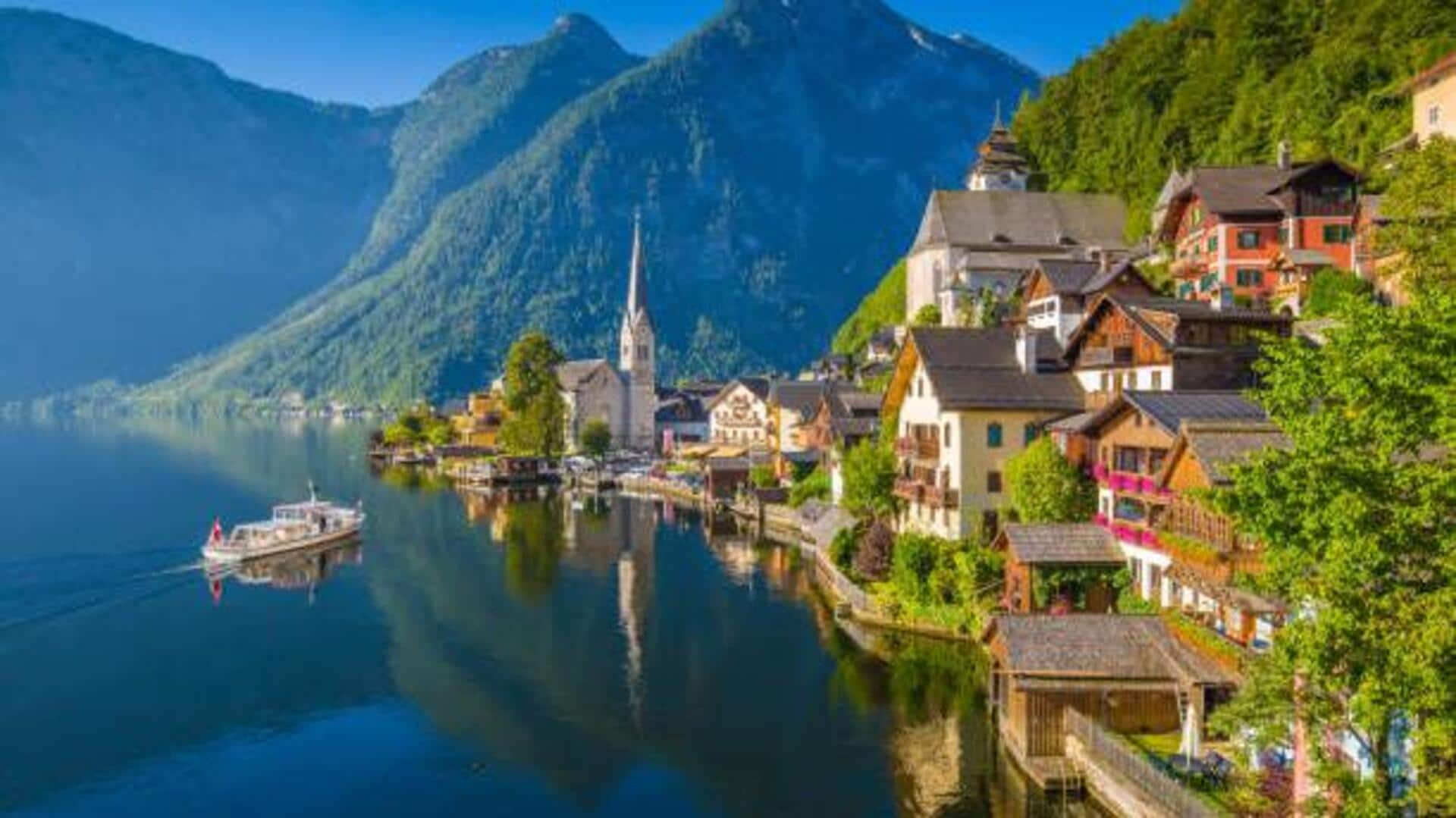
For architecture lovers: Underrated historic villages
What's the story
For architecture lovers, visiting historic villages is the best way to explore the past. These villages generally feature architectural styles that have stood the test of time, giving a peek into different cultures and eras. While many famous sites draw huge crowds, there are lesser-known villages across the globe that have equally intriguing architectural marvels. Here are some underrated historic villages perfect for architecture enthusiasts.
Hallstatt
The timeless charm of Hallstatt
Nestled in Austria, Hallstatt is a postcard-perfect village famous for its well-preserved medieval architecture. The narrow streets and wooden houses of the village are a true reflection of traditional Austrian design. Its location by the lake adds to its charm, making it an ideal spot for photography lovers as well. Visitors can explore ancient salt mines and enjoy panoramic views from the Skywalk platform.
Gokayama
Exploring Gokayama's traditional houses
Located in Japan, Gokayama is renowned for its gassho-zukuri farmhouses featuring steeply pitched roofs to deal with heavy snowfall. The farmhouses are over two centuries old and are a UNESCO World Heritage site. The village also hosts guided tours where people can learn about traditional Japanese building techniques and experience local crafts.
Civita di Bagnoregio
Discovering Civita di Bagnoregio's Etruscan roots
Perched atop a hill in Italy, Civita di Bagnoregio, aka "the dying town" (thanks to threats of erosion), remains an architectural gem. Its Etruscan roots are clearly seen in the stone buildings and narrow alleys that wind through this ancient settlement. Accessible only by footbridge, it also provides stunning views of the surrounding valleys.
Ait Benhaddou
Wandering through Ait Benhaddou's earthen structures
In Morocco, Ait Benhaddou highlights earthen clay brick architecture, utilizing the pise technique. This ancient method, common across North Africa, ensures structures can withstand harshest climates while providing insulation. Built using locally sourced materials, these buildings are both durable and adapt to the natural climate. They embody traditional construction wisdom and the region's architectural heritage without compromising stability or safety.